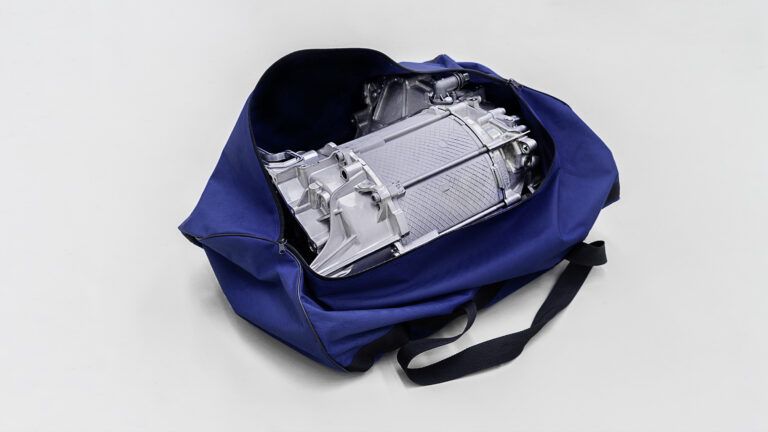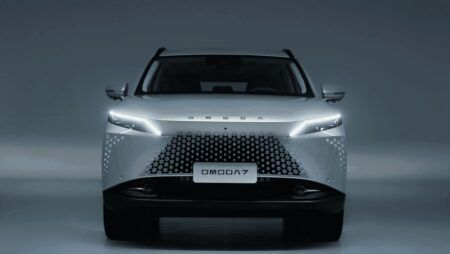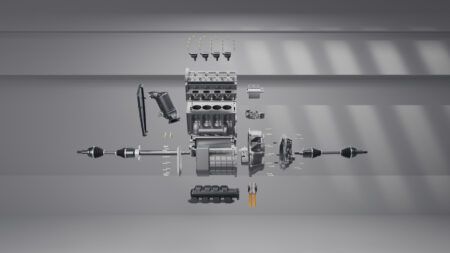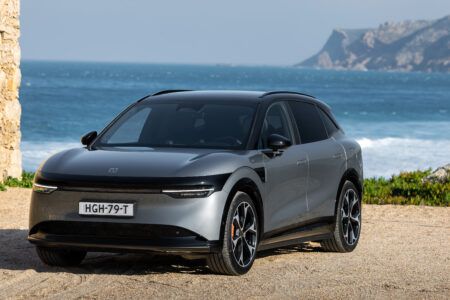Powering Volkswagen’s new electric vehicle, the ID.3, is an innovative electric drive that the manufacturer is rather proud of. The company has revealed every component of its pioneering new motor and shown that complete with its 1-speed gearbox, it is even small enough to fit inside a typical gym bag.
Based on the VW’s modular electric drive matrix (MEB) the new motor is ushering in a new era of mobility for the company. The new unit claims to be less complicated than a conventional diesel or petrol engine, while being compact and have the ability to pack over 200PS. But how does it work?

Inside every electric motor is a stationary stator with a rotor spinning inside it. The stator is made of copper wire coils. When an electric current flows through these coils, a rotating magnetic field is created in the stator which causes the rotor to spin. The rotational movement is based on a simple physical principle: opposite poles in a magnet attract each other, whereas like poles repel. Furthermore, there are two types of electric drive: permanent magnet brushless machines and asynchronous machines. The permanent magnet brushless machine features a strong permanent magnet rotor, which rotates in sync with the magnetic field of the stator. In asynchronous machines, however, the rotor uses the electric current to generate its own magnetic field and, as a result, the rotation of the rotor lags behind the stator’s magnetic field rotation.
Volkswagen’s new ID.3 is fitted with an APP 310 electric drive. This drive is a permanent magnet brushless machine. The designation “APP” derives from the arrangement of the drive and the gearbox in parallel with the axle, whilst the numerical sequence that follows derives from the maximum torque of 310 Nm.
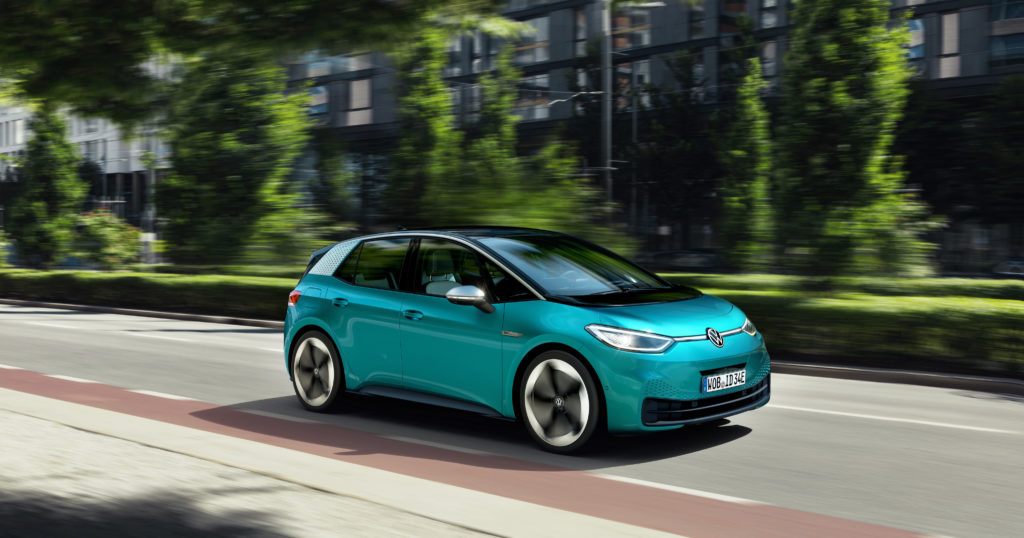
New hairpin technology has enabled the use of an innovative production process for the assembly of the stator, whereby the spaces within the laminated core of the stator are optimally filled with flat preformed copper coils. This increases the torque density and the efficiency of the electric drive in comparison to that of a drive with wound copper wire coils. Maximum torque is achieved even at a low engine speed, which means that a 1-speed gearbox is sufficient for the entire rotational speed range.
Volkswagen aims to produce up to 500,000 units per year at its component site in Kassell, Germany. Kassel also works closely with the Chinese plant in Tianjin, where the electric drive is produced in parallel for the Chinese market. Together, the two plants will produce up to 1.4 million electric drives each year from 2023 onwards. This means that Volkswagen Group Components will be one of the largest global manufacturers of electric vehicle drives in the future.


